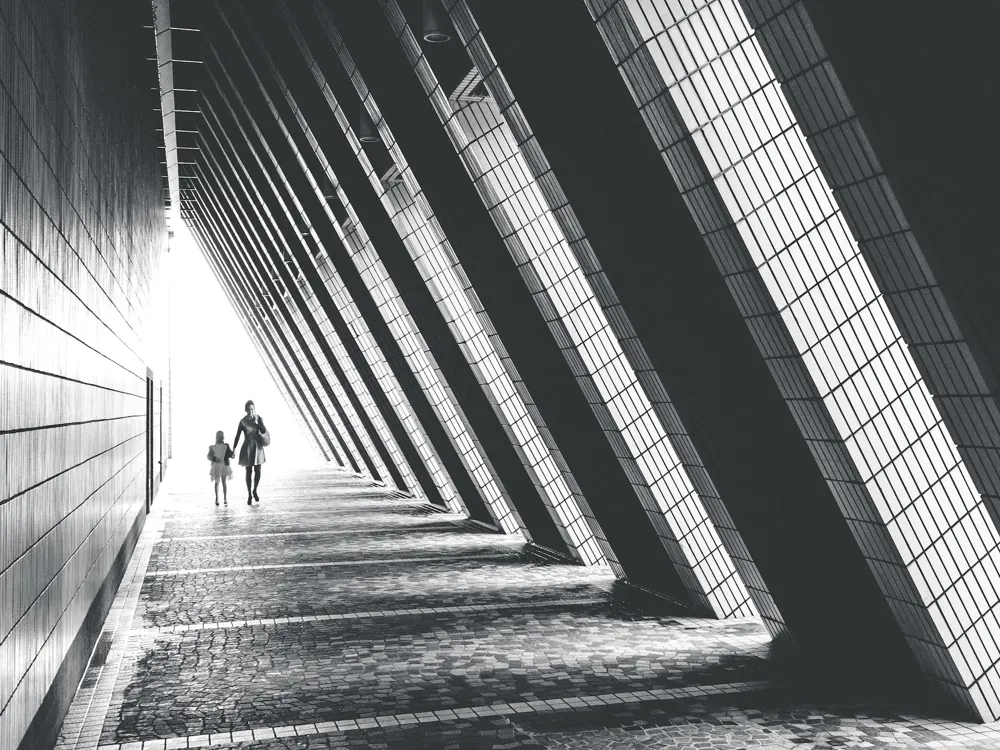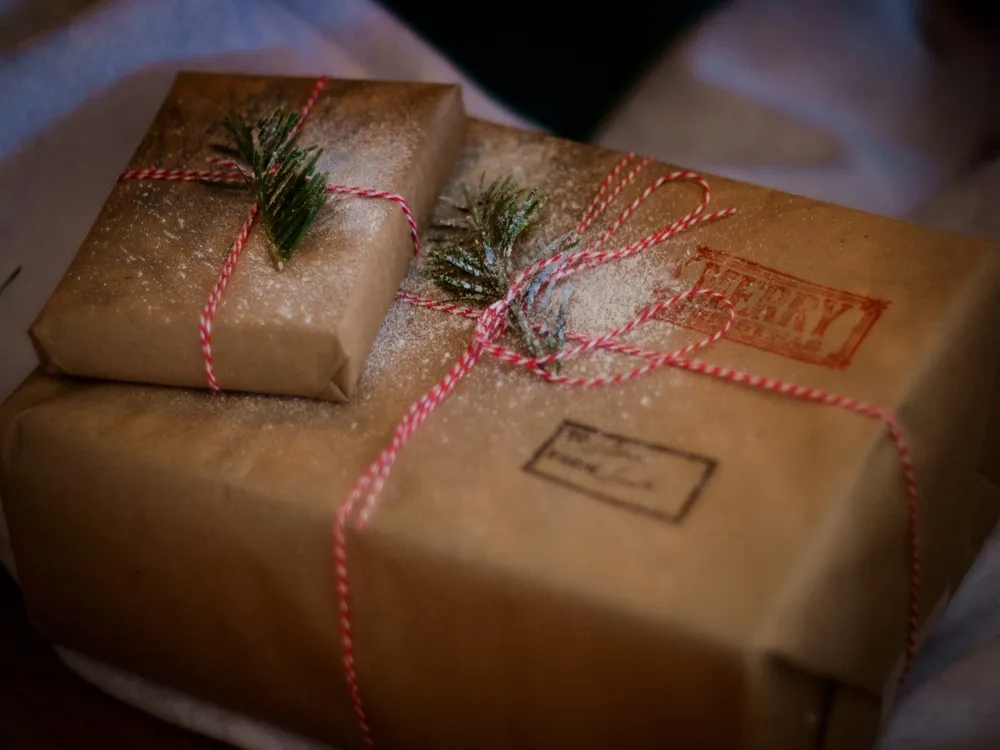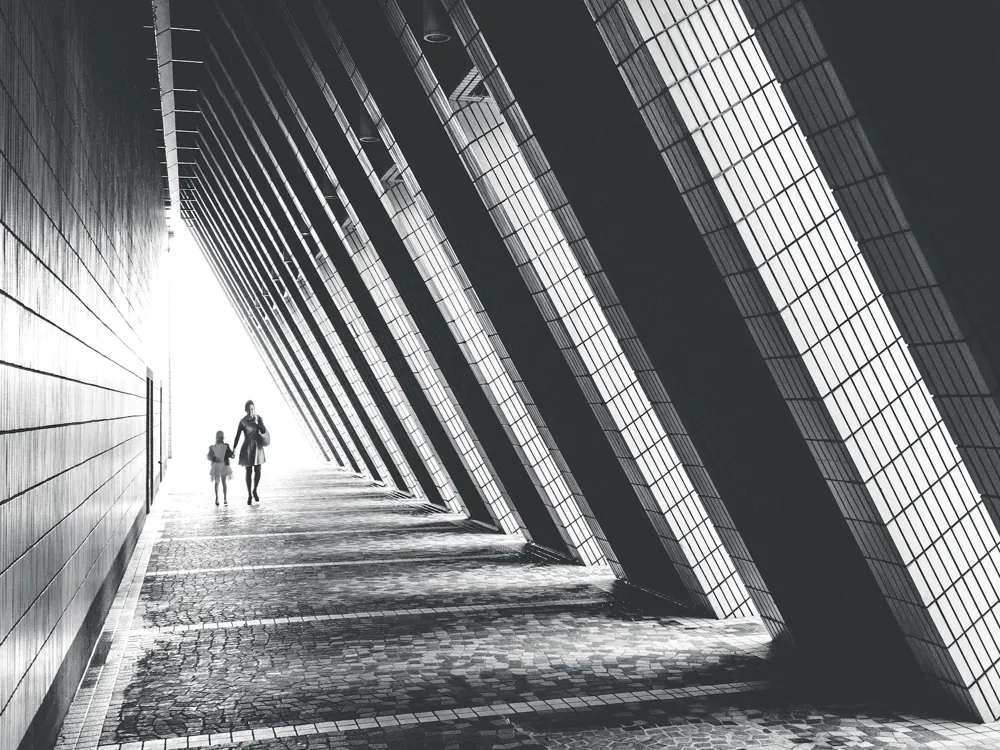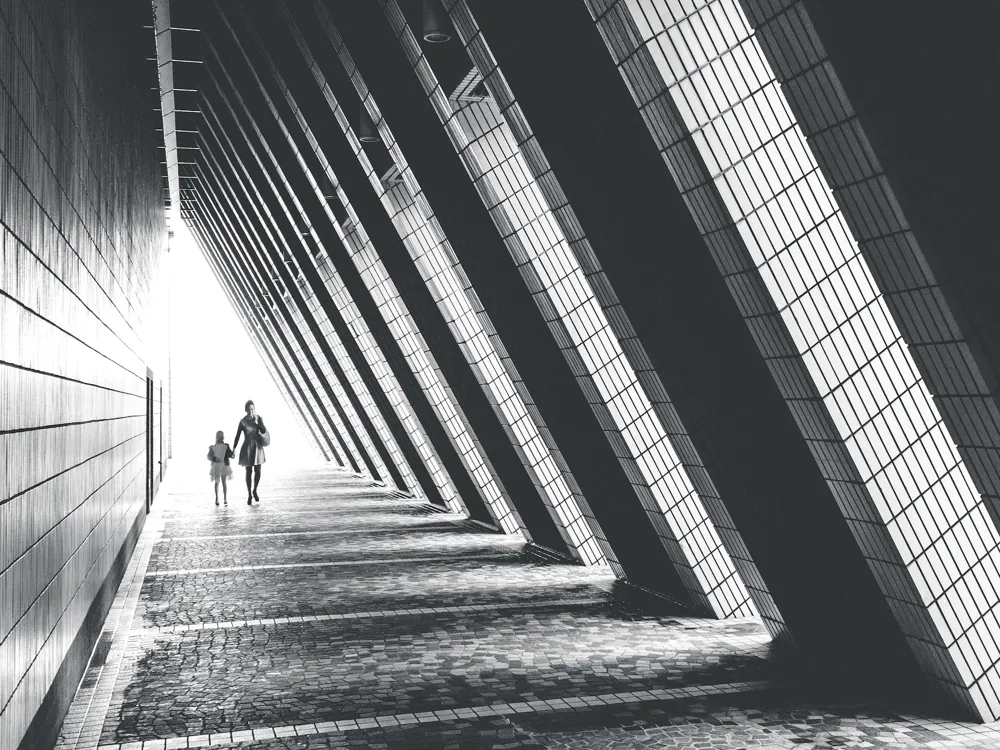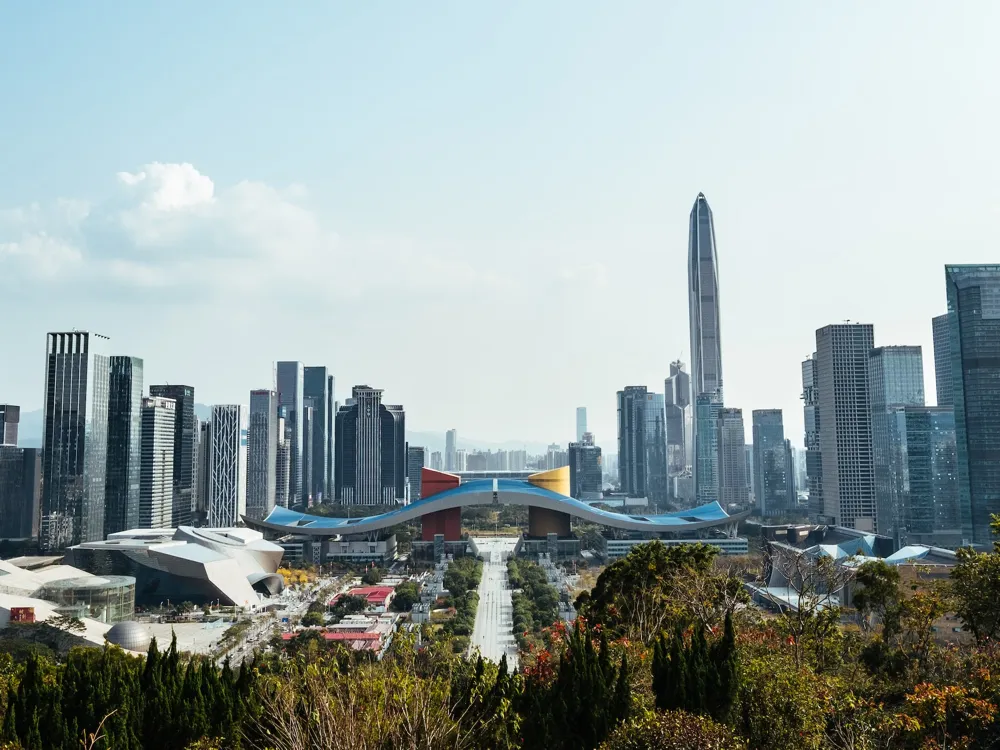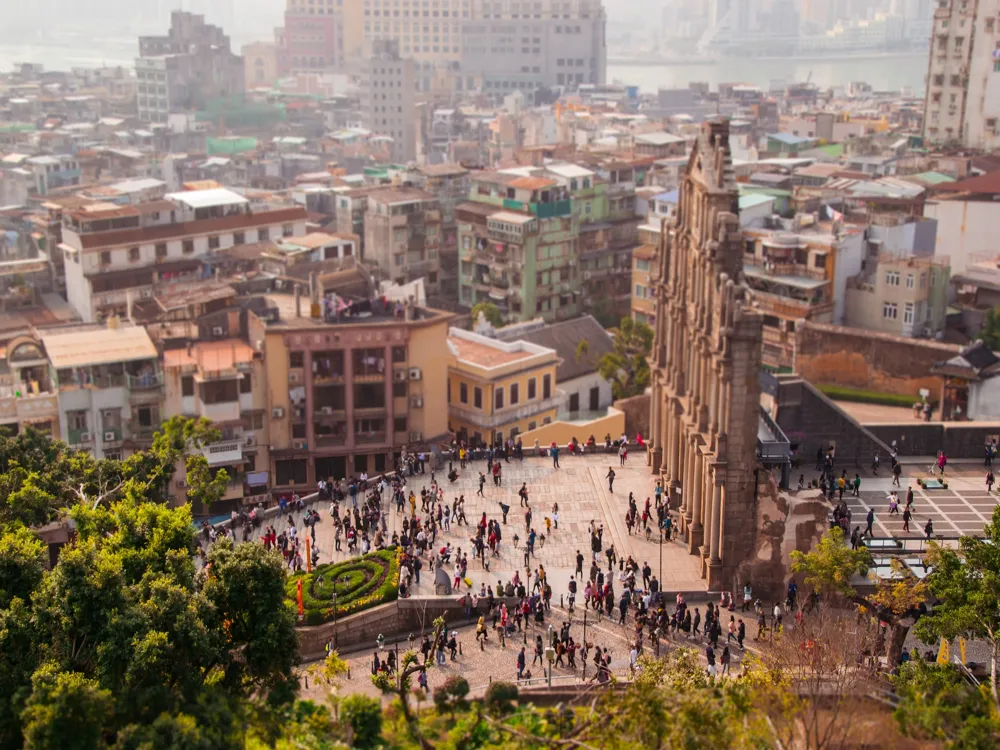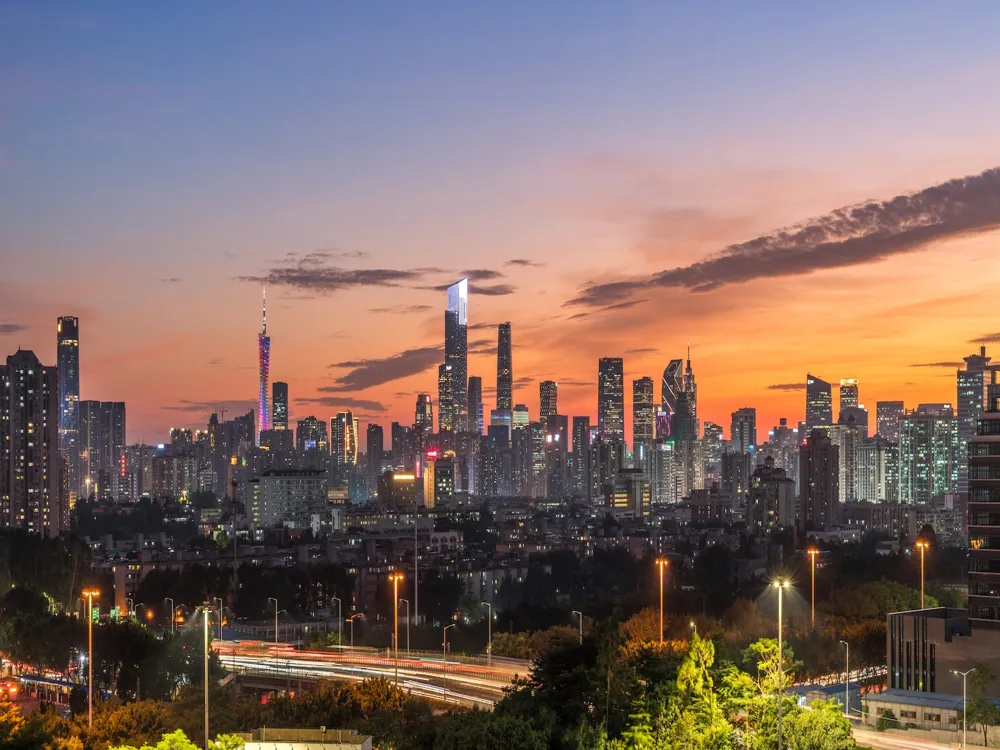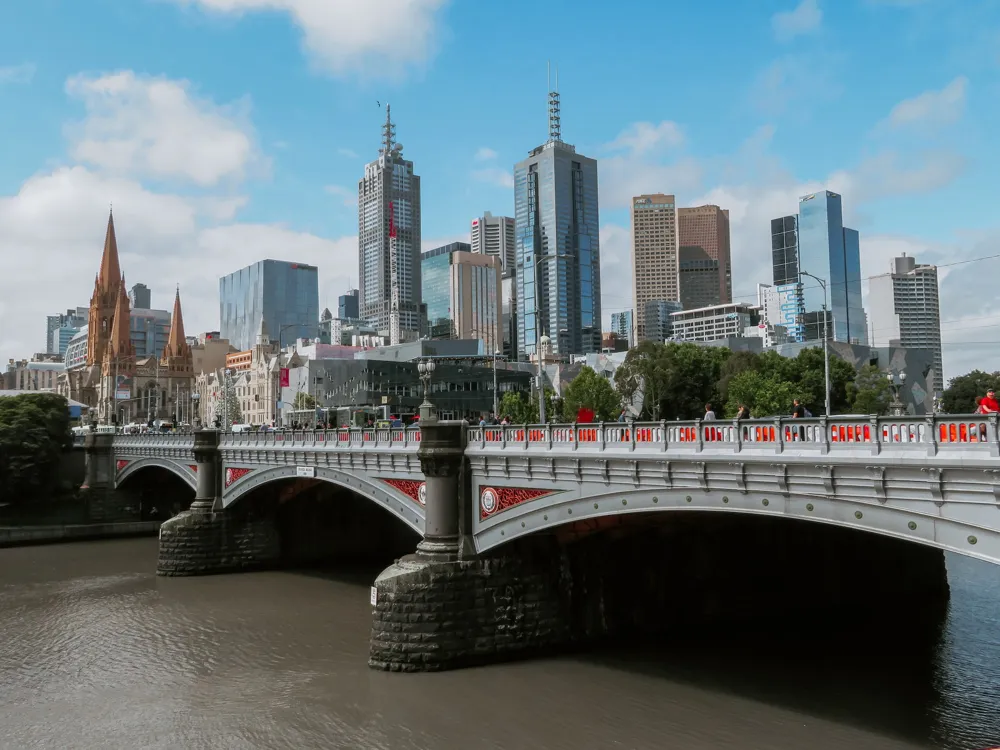Nestled in the vibrant city of Hong Kong, the Hong Kong Golf Club stands as a prestigious emblem of sportsmanship and elegance. Founded in 1889, it's one of the oldest sporting clubs in Asia, steeped in a rich history that mirrors the dynamic growth of the region. The club, originally named the Royal Hong Kong Golf Club, boasts an illustrious past, having been graced by golfing legends and enthusiasts for over a century. Spread over three sites - Fanling, Deep Water Bay, and Kau Sai Chau - the Hong Kong Golf Club offers a unique blend of natural beauty and world-class golfing facilities. Each location has its charm and challenges, catering to golfers of all skill levels. The Fanling site, in particular, is renowned for its historic courses, namely the Old, New, and Eden courses, each offering a distinct golfing experience. The Deep Water Bay site, while smaller, is no less impressive with its stunning views and strategic layout. Kau Sai Chau, the only public golf course in Hong Kong, was created with the vision of making golf more accessible to the wider community. The Hong Kong Golf Club is not just about golf; it's a hub for social and recreational activities. With state-of-the-art facilities including elegant clubhouses, fine dining restaurants, and banquet facilities, it's a popular venue for both local and international events. The club's commitment to excellence is evident in its hosting of prestigious tournaments like the Hong Kong Open, which attracts some of the world's top golfers. Beyond the fairways and greens, the Hong Kong Golf Club plays a significant role in environmental conservation. The club has undertaken numerous initiatives to preserve local flora and fauna, ensuring that the natural beauty of its courses is maintained for future generations. This commitment to sustainability adds another layer of allure to this iconic club. The architecture of the Hong Kong Golf Club is a harmonious blend of tradition and modernity, reflecting the evolving landscape of Hong Kong itself. The clubhouses at each of the three sites - Fanling, Deep Water Bay, and Kau Sai Chau - are architectural marvels that resonate with the history and culture of the region. The Fanling Clubhouse, a classic example of colonial architecture, stands as a testament to the club's storied past. Its design is a mix of Eastern and Western architectural styles, featuring pitched roofs, verandas, and louvered windows that echo the aesthetics of a bygone era. Inside, the clubhouse is adorned with historical memorabilia and photographs, narrating the rich history of the club and the sport in Hong Kong. In contrast, the clubhouse at Deep Water Bay is a modern structure, designed with sleek lines and contemporary finishes. The use of glass and steel allows natural light to flood the interiors, creating an inviting ambiance. This clubhouse is a perfect example of how modern design can coexist with nature, as it offers breathtaking views of the South China Sea. Kau Sai Chau's clubhouse, serving the public course, is designed with accessibility and sustainability in mind. The use of eco-friendly materials and energy-efficient systems highlights the club's commitment to environmental stewardship. The architecture here is minimalist yet functional, focusing on providing an exceptional golfing experience to a broader audience. Each clubhouse, while distinct in design, shares a common goal - to provide a welcoming and luxurious environment for golfers and guests. The thoughtful integration of architectural elements with the natural landscape ensures that each visit to the Hong Kong Golf Club is an experience in itself. The Hong Kong Golf Club maintains a strict dress code to preserve its prestigious atmosphere. Golfers are expected to wear appropriate golf attire, and the club prohibits denim, T-shirts, and athletic wear on the courses and in the clubhouse. It's also important to observe traditional golf etiquette, such as not disturbing other players and taking care of the course by repairing divots and ball marks. Booking tee times in advance is crucial, especially on weekends and public holidays when the courses are most crowded. Members have priority, but limited slots are available for guests, especially at the Kau Sai Chau public course. It's also worth exploring the club's other facilities like dining and banquet services for a complete experience. The Hong Kong Golf Club is well-connected by public transport. The Fanling and Deep Water Bay sites are easily accessible by MTR and bus, while Kau Sai Chau can be reached by a dedicated ferry service. Parking is available but can be limited, so public transportation is often a more convenient option. Hong Kong's climate is subtropical, making it suitable for golfing year-round. However, the best time to visit is from October to April when the weather is cooler and less humid. It's advisable to check the weather forecast before your visit and prepare accordingly, as Hong Kong can experience occasional rain showers. Reaching the Hong Kong Golf Club is straightforward, whether you're heading to Fanling, Deep Water Bay, or Kau Sai Chau. For Fanling, take the MTR East Rail Line to Fanling Station, followed by a short taxi ride. Deep Water Bay is accessible via bus routes from Central or Causeway Bay, while Kau Sai Chau requires a ferry trip from Sai Kung Pier. The club provides detailed directions and transportation advice on its website to assist visitors in planning their journey. Read More:Overview of Hong Kong Golf Club
Architecture of Hong Kong Golf Club
Tips When Visiting Hong Kong Golf Club
Dress Code and Etiquette
Booking Tee Times and Facilities
Transportation and Accessibility
Local Weather and Best Time to Visit
How To Reach Hong Kong Golf Club
Hong Kong Golf Club
Hong Kong
NaN onwards
View hong-kong Packages
Hong-kong Travel Packages
View All Packages For Hong-kong
Top Hotel Collections for Hong-kong

Private Pool

Luxury Hotels

5-Star Hotels

Pet Friendly
Top Hotels Near Hong-kong
Other Top Ranking Places In Hong-kong
View All Places To Visit In hong-kong
View hong-kong Packages
Hong-kong Travel Packages
View All Packages For Hong-kong
Top Hotel Collections for Hong-kong

Private Pool

Luxury Hotels

5-Star Hotels

Pet Friendly







